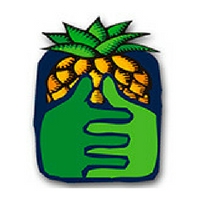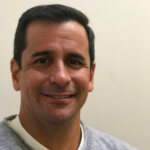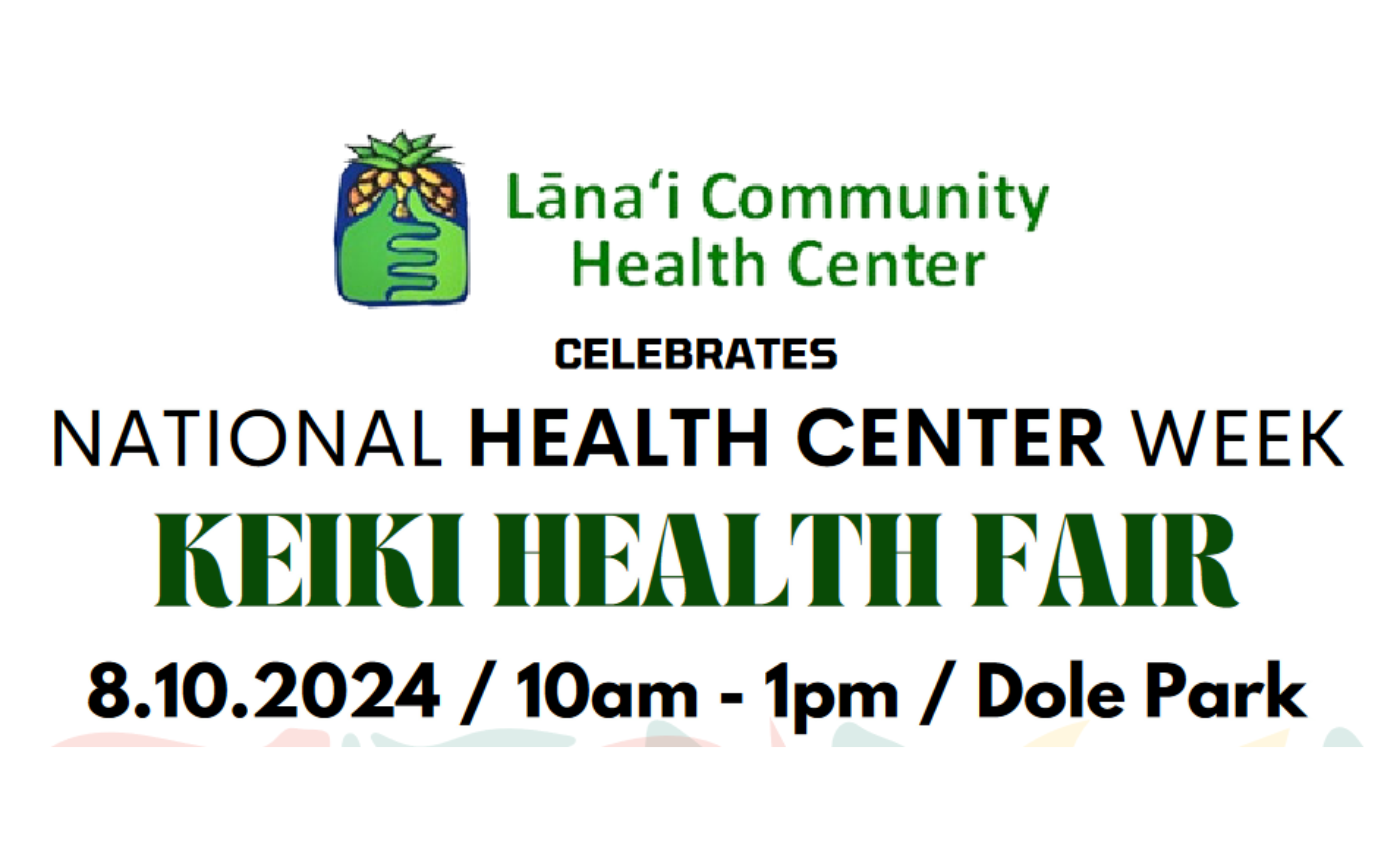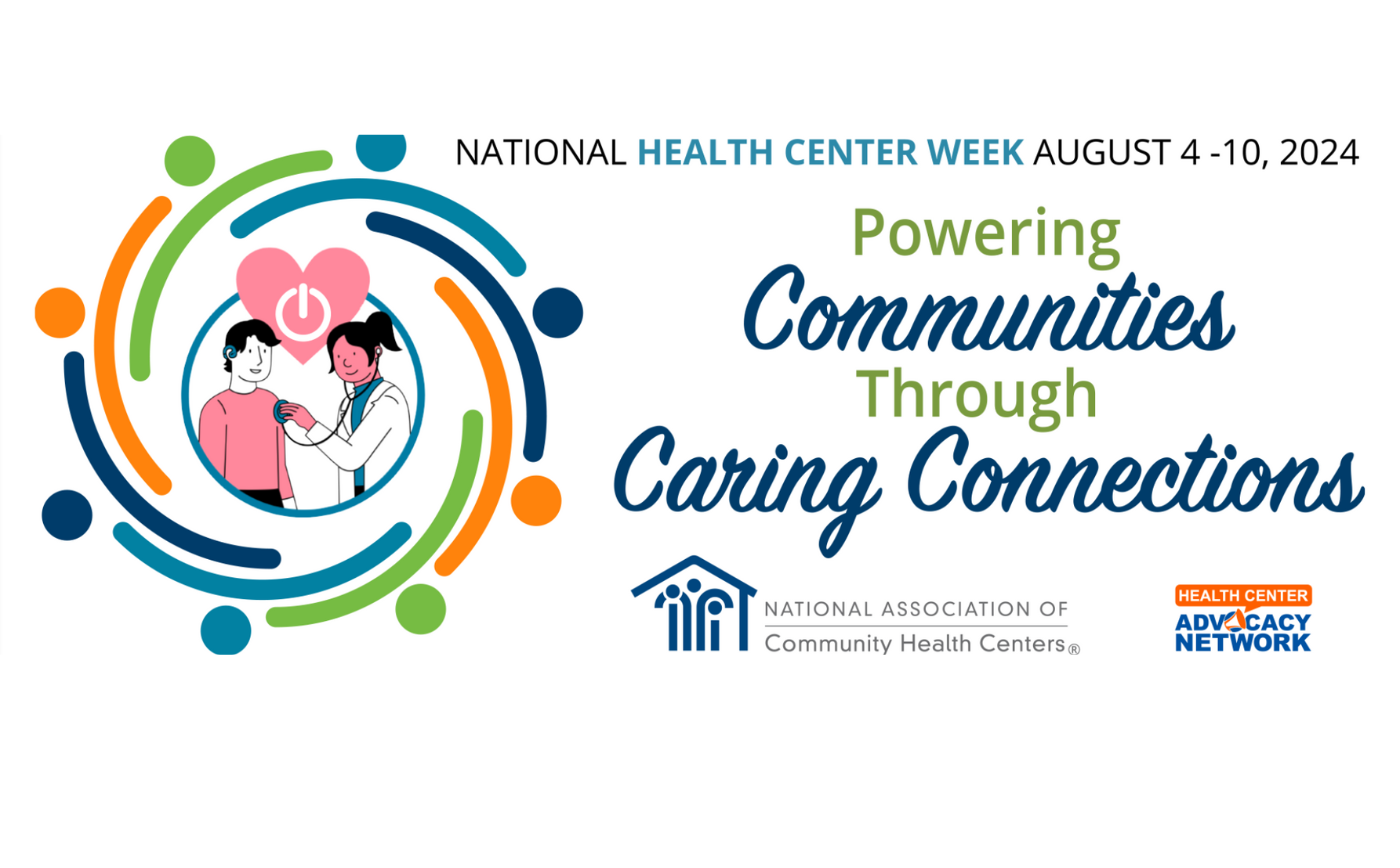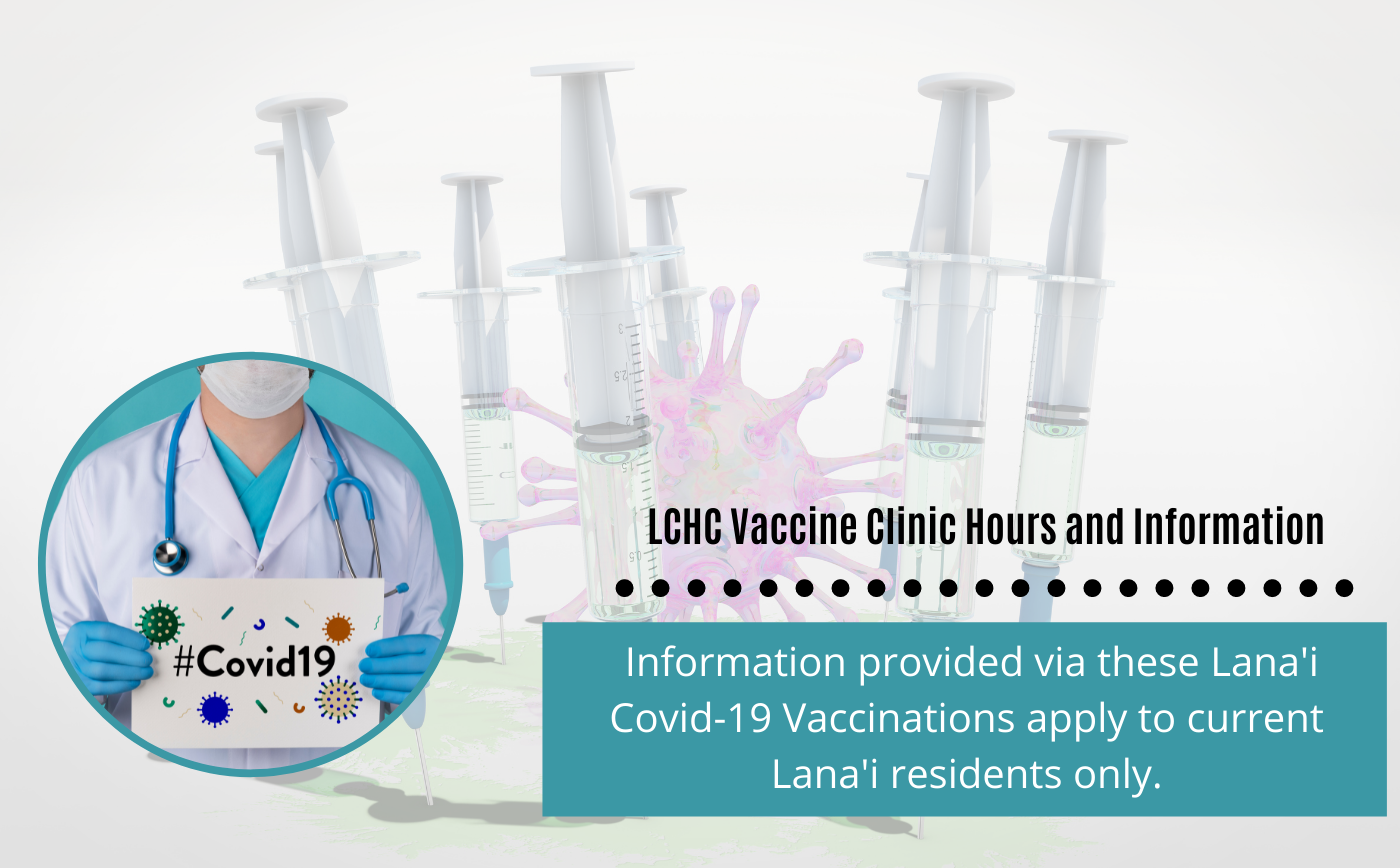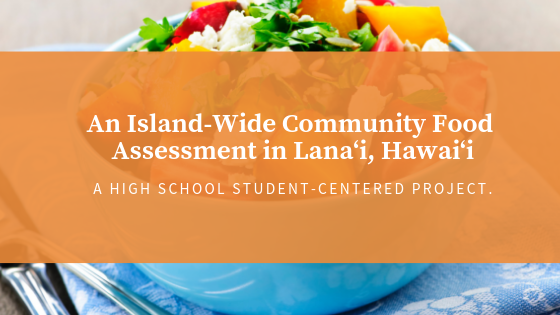
An Island-Wide Community Food Assessment in Lana‘i, Hawai‘i: A High School Student-Centered Project
At LCHC we want to provide you with as much health-related information as possible. Below are details of a high school student- centered project about the island-wide community food assessment. As stated in the article, The primary goal of the CFA was to understand how the Lanai community thinks about and accesses food and to learn about connections between food, diet and culture on Lanai. Please take some time to read their findings.
Karen de Brum and the Lana‘i High School Expository Writing/STEM students
Insights in Public Health is a monthly solicited column from the public health community and is coordinated by HJMPH Contributing Editors Tetine L. Sentell PhD from the Office of Public Health Studies at the University of Hawaii at Manoa and Donald Hayes MD, MPH from the Hawaii Department of Health in collaboration with HJMPH Associate Editors Lance K. Ching PhD, MPH and Ranjani R. Starr MPH from the Hawaii Department of Health.
Abstract Lana‘i is a geographically isolated Hawaiian island of approximately 3,100 residents. During the 2017-2018 school year, 22 Lana‘i High and Elementary School juniors and seniors engaged with community members, kupuna (elders, those who stand at the source), stakeholders, and expert consultants to conduct an island-wide Community Food Assessment (CFA). A CFA can provide a community comprehensive information about their food systems. Particular attention was given to indigenous, Native Hawaiian food culture and needs. Students collected 656 surveys from a population of about 2,200 adults. Students also completed 14 separate focus groups, interviewing a total of 43 adults in the Lana‘i community. This high school student-driven project was the product of many years of engagement and preparation, generosity from community members and content experts, and fortunate circumstances. This paper (1) describes the history of the project, providing useful details around the process of building capacity, leveraging connections, and engaging high school students and community members around a critical health issue in this rural community; and (2) highlights key findings that will be useful for policy development and advocacy.
Background
Lanai is a geographically isolated Hawaiian island located approximately 8.5 miles from Maui. The island is home to approximately 3,100 people who all live in the small town of Lanai City.1 Ninety-eight percent of Lanai island is privately owned and has been since the late 1800s. The bulk of Lanai’s employment and economic opportunity is controlled by the landowners company, Pulama Lanai, and the Four Seasons, which manages the luxury hotel on the island.1 Over 19% of Lanai is full or part Native Hawaiian.2
Ancient history tells that Lanai’s food resources once supa ported at least 6,000 residents.3 In the more recent past, Lanai’s food resources supported all the striking pineapple plantation workers and their families for 200 straight days during the 1951 pineapple strike.3 Today, however, Lanai, like most of the state of Hawaii, imports almost all of its food from off island sources.4
We know from the Behavioral Risk Factor Surveillance System (BRFSS) that 66.2% of Lãnai residents report being either obese or overweight. This is the highest of any island in the state.5 At 33.9%, Lãnai also reports the highest high blood pressure prevalence of any island in the state.5
Project
During the 2017-2018 school year, 22 Lanai High and Elementary School (LHES) juniors and seniors engaged with community members, kupuna (elders, those who stand at the source), stakeholders, and expert consultants to conduct an island wide Community Food Assessment (CFA). A CFA is a tool used to gather comprehensive information about community food systems.
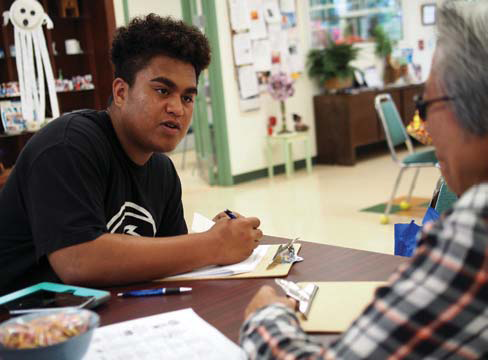 The primary goal of the CFA was to understand how the Lanai community thinks about and accesses food and to learn about connections between food, diet and culture on Lanai. Particular attention was given to indigenous, Native Hawaiian food culture and needs. Students collected 656 surveys from a population of about 2,200 Lanai adults. Students also moderated 14 separate focus groups, interviewing a total of 43 adults in the Lanai community.
The primary goal of the CFA was to understand how the Lanai community thinks about and accesses food and to learn about connections between food, diet and culture on Lanai. Particular attention was given to indigenous, Native Hawaiian food culture and needs. Students collected 656 surveys from a population of about 2,200 Lanai adults. Students also moderated 14 separate focus groups, interviewing a total of 43 adults in the Lanai community.
This high school student driven project was the product of many years of engagement and preparation, generosity from community members and content experts, and a number of fortunate circumstances. This paper (1) describes the history of the project, providing useful details about the process of building capacity, leveraging connections, and engaging high school students and community members around a critical health issue in this rural community; and (2) highlights key findings that will be useful for policy development and advocacy.
History
The seeds of this project began in the 2015-2016 school year when, as part of their general curriculum, LHES high school students studied food production, consumption, and distribution on Lanai. This introduction generated interest in focusing more student research on the food system.
Fortunately, LHES had contracted with The Creative Core, an educational organization which aims to transform schools into fully engaged hubs of school community integrated project based learning. Ms. Karen de Brum (the high school English teacher) was in a cohort of teachers developing place based, project based learning (PB)2 curriculum. In the next academic
year, as part of (PB)2 in English class, LHES sophomores worked on projects around food with a driving question of: How does what we eat affect who we are, how we feel, and what we hope to become? This became the driving question of the whole enterprise to understand the food system of Lanai.
Given the students· interest, it was fortunate that Ms. de Brum then met A-dae Romero-Briones, a food law expert and lawyer who explained the purpose and methods of a CFA. Ms. Romero-Briones agreed to work with a group of six students to conduct a pilot CFA during the 2015a2016 academic year. These students collected about 200 brief surveys primarily from fellow high school and middle school students. The results showed strong interest in this topic, but more insights were needed since the people taking the survey were not making the decisions about what to buy/eat nor were they the primary source of family incomes. In particular, there was interest in gaining more detail about the community’s relationship to the food system from the perspective of adults in the community. In the 2016a2017 school year, the (PB)2 program continued. The high-school English students and Ms. de Brum remained committed to more food projects, many of them centered on breadfruit and the lack of other, culturally appropriate food on Lanai. A specific group of six students chose to complete a second, more comprehensive CFA. They connected with Lisa Grove, of Anzalone, Liszt, Grove Research, to refine the survey tool. With help from Ms. Grove, they spent the year researching and developing a survey tool that would attempt to draw out the community’s relationship to the food system. The also continued their relationship with Romero-Briones to get advice and suggestions using her deep experience with CFAs in other communities.
In order to engage the community and perform data collection and analysis, funds were needed to support technology, purchase incentives, and compensate consultants who could support and advise the work. Ms. de Brum actively began searching for grants and Romero-Briones connected them to Laulima Kuha’o, a Lanai non-profit started at the time of the island’s economic shift from agriculture (pineapple) to tourism. Laulima Kuha’o·s board is 75% Native Hawaiian and made up of agriculture enthusiasts passionate about strengthening Lanai’s food system, connecting people with the land, celebrating the past while securing Lanai’s future in food production, all while growing the next generation of farmers. They were an excellent partner for the CFA. Through The Conservation Fund and First Nations, with funding from the Kellogg’s Foundation, Laulima Kŗha’o was given $25K to conduct an island-wide, community food assessment, done entirely by high school students.
The students piloted their survey tool in May 2017 with LHES faculty and at an annual Showcase event for the (PB)2 program. The survey tool focused on four areas: food and access, food and identity, food and economy, food and health. It consisted of an online version using Google Forms and paper copies for those who prefer paper and pen. From the pilot, the students revised the tool, adjusted some of the questions, and were ready
CFA student helps his kupuna complete a survey for the CFA
for a full-scale survey of the island community. Community merchants provided discount gift certificates of $2.50 to use as incentives for people who were willing to take the survey. A number of canvas shopping bags, imprinted with the Laulima Kuha’o logo and the CFA driving question (How does what we eat affect who we are, how we feel, and what we hope to become?) were also available for participant incentives. The goal was 1,000 surveys of full-time, Lanai residents, ages 18 and over, and to moderate focus groups to specifically capture the voice of their elders and kupuna about food, culture, and health.

Methods
The students knew their community and created their own sampling frame, deciding that the survey should be taken out of the school and into the community spaces where residents were already gathering. Interviews, which took approximately 15 minutes, could be taken on laptops or tablets through Google Forms, or by paper and pencil. Interviews were conducted at various events (eg, Queen Liliu’okalani·s Birthday Celebration in Dole Park), various local parks and shops (eg, Coffee Works and Dole Park), and community residential and business locations (eg, Lanai Senior Center, First Hawaiian Bank and the Bank of Hawaii). Surveys were analyzed by the students using Excel.
Focus groups were also conducted. After extensively pilot testing the discussion guide and practicing focus group moderation with experts, between November and December, 11 students moderated 14 separate focus groups of adults in the Lanai community. These groups considered gender, age range, and culture in order to make sure everyone would feel completely comfortable answering questions openly and honestly. Each focus group participant received a culturally appropriate meal, a canvas CFA bag, a gift certificate to a local market, and a small gift card. Data from the focus groups were transcribed.
CFA students host a focus group.
Qualitative data were analyzed using the transcripts and color coding participants· language into themes and sub-themes using Microsoft Word and Microsoft PowerPoint.
The project was conducted in concordance with Department of Education policies and relevant ethical guidelines for research conducted by high school students.6 Information was recorded by the students in such a manner that respondents could not be identified, directly or through identifiers.
This article provides an overview of key findings. More detailed information about study results are available upon request from the authors.
Results
Overall, results from both the surveys and focus groups strongly supported each other. Results described that while people love Lanai and take fierce pride in its uniqueness and self-reliance, there is concern about the direction the food system has taken since the closing of the pineapple plantation.
Food and Economy
Most Lanai residents have to go off island to get the food they need, spending hundreds of dollars per household each month on off-island purchases. Produce, meat and other non-perishable items are on their off-island grocery lists, along with healthier and organic as well as cultural foods.
A lot of money is spent on produce not grown on Lanai that is either purchased off-island or in local stores. The amount residents spent on imported produce far exceeds what they spend on locally grown produce. There is a lost opportunity when it comes to providing island produce, not to mention the time spent off-island just to meet basic needs. While many residents shop both on and off-island, people who do shop off-island do so because of the lower prices and the wider variety, not because the food on Maui or Oahu is healthier.
Food and Access
The high cost of healthy, culturally appropriate foods was a common concern. People would very much like to see more cultural staples like Tulu (breadfruit) and kalo (taro) grown and available on Lanai. Respondents shared a desire to eat more, fresh, island-grown produce but said they can not because it is not affordable. High produce prices in particular make it hard to eat healthy. There was strong interest in small, family gardening, being able to grow their own food, and supporting small farmers who grow food for sale in the community, but obstacles like access to land and lack of time mean that many people rely on imported foods because it is all that is available. Despite feeling concern for the affordability and availability of fresh, healthy, foods on Lanai, participants were pleased that the stores have improved over time. Some spoke about the increased access to foods that support dietary restrictions, like gluten-free options, and some also mentioned the growing availability of some organic foods.
Surveys and interviews alike also acknowledge that this increased variety is not accessible to all residents. Food variety was seen as an option only available for rich people. The community wanted more food that is affordable for everyone in their stores.
Food and Health
One conclusion is that the struggle to afford and access the kinds of foods Lanai families wish they were eating is having a detrimental effect on the health of the community. While large numbers of respondents say that they or household members do not yet have health issues, the majority who did report health issues said they were often told that their issues are connected to diet. The older focus group participants acknowledged that, while their health issues started later in life, they believe that their children’s eating habits now will similarly have a negative impact on their health, but they do not know how to change that when the kids do not see or feel the problem themselves.
Food and Identity
Many participants describe the differences between plantation days, when many families had small gardens where they grew their own fruits and vegetables, and now. This shift from eating locally grown produce creates concerns about the loss of culture in the children and on the island. Because so many families have little choice but to eat an acculturated diet, many parents and elders express dismay at the cultural degradation that results from the shift from traditional, cultural foods to a more western and often processed or pre-packaged diet. Many residents stated that the convenience and accessibility of processed and prepared foods is a large reason that they rely on these for themselves and their families.
Some other reasons local families said their diets were changing include the cost of fresh, healthy food, family schedules with night shifts and split shifts making it hard to enjoy family meals, and a lack of access to culturally appropriate foods such as breadfruit and taro. At the same time that families struggle to access and prepare these cultural foods, their kids are becoming more and more enamored of prepared, pre-packaged food that most recognize as unhealthy but convenient. Participants often expressed that they were not sure what they can do to turn this around.
Though respondents say that there is not enough sustainably, locally (Lanai) grown fruits and vegetables that are affordable, focus group participants and survey takers all describe an active and enthusiastic number of people who hunt for meat and fish. Many who do not hunt or fish themselves take advantage of meat and fish that friends and family bring home and share or sell. This culture of providing protein for themselves is a clear source of pride and identity on the island. Fishing and hunting is an important part of the community. It is more than a quest for food, sustainability and survival; it is part of the island’s cultural identity. Respondents say hunting and fishing are a “part of the lifestyle” on Lanai and producing food locally is a point of pride.
Lanai residents feel very strongly that food connects them to their culture. Most eat cultural foods at least once a week and it is purchased locally, rather than grown or purchased off island. Foods like Ϋulu/breadfruit, kalo/fafa/taro and yams top the list of eaten items. However, as previously noted, they do not believe there is enough affordable, culturally appropriate produce for purchase or that it is too expensive. Breadfruit was the most desired cultural staple. It was so prevalent that a word search showed that it was mentioned 40 times by focus group discussants. Discussants were also passionate about kalo/ fafa/taro and considered it an under-tapped resource on island. Fresh poi was also requested on a more regular basis. It was clear having a broader cultural conversation, possibly including prepared cultural foods, is needed.

Dissemination of Results
The students presented their findings to the community at large on May 15, 2018. About 37 community members came to see the presentation. There was high interest in the data from the community. Most follow-up questions after the presentation were, ́What·s next?” A few community members left comment cards; all the comments were positive. One audience member signed the card, ́A proud Lanai resident.” The students really appreciated the fact that someone was ́proud” of their work.
This paper highlights not just the important finding of the CFA itself, but also the enthusiasm, hard work and positive outcomes from the student engagement. Students were met with enthusiastic support as they completed the surveys. They became noticeably more confident, clear and sophisticated in their ability to communicate the goals of the project and how individual participation in the survey would benefit the community. The students also presented to Pulama Lanai stakeholders and supporters from the Liliu’okalani Trust on May 22, 2018 and the Lanai Community Health Center (May 23, 2018).
Project-Based
Learning This CFA was not only about collecting, analyzing, and presenting the research; it was also about teaching the students how to collect, analyze, and present the data. This is how students demonstrated mastery of their English Language Arts standards. Of the 22 students who completed this project, only three had any prior knowledge of a CFA, and only two of those three knew anything about the survey tool that was created during school year 2016a2017.
Project-based learning requires scaffolding, which means relying on many supports early on in the project and slowly but surely scaling those back as the project goes on so that as the students become more proficient, they are also becoming more and more self-reliant. In the beginning, students read a lot of articles, local, national, and international, on global food issues. They discussed global and local concerns about food access and food sustainability, and wrote reflections about the different texts. This kind of reading about larger food issues got them ready to analyze the Lanai data; they could better understand the community’s results, reactions and discussions because they had a broader context of food issues in other places.
Similarly with writing, students began writing reflections of their readings and their process through-ought the data collection stage. Since there was not a lot of analysis to do until all the data was in, they focused their writing more on the ways their own thinking and learning was being impacted by their engagement with the community, their work with each other, and the food assessment process.
Conclusions
The authors hope the study results can be used by Lanai people to create an action plan around food for the island, give a voice to the community’s relationship to the food system, and create a space to foster discussions about our kuleana (right, responsibility) to feed the Lanai community.
For detailed study results please contact Ms. Karen de Brum at kdebrum@lanaischool.k12.hi.us.
Download a copy of this article by clicking on the images below:
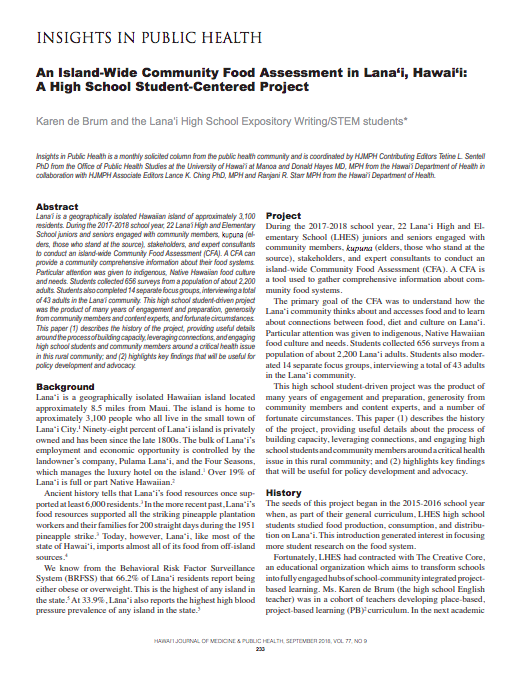
Acknowledgments
A huge mahalo to Marnie Masuda-Cleveland for bringing authentic, student- centered, project-based learning to Lana‘i, A-dae Romero-Briones for inspiring the students to ask these questions, the CFA Leaders and Field Experts for teaching the students how to be their best and then expecting nothing less from them: Lea Hennessy, Zelda Keller, Anthony Pacheco, and Lisa Grove, and to the board members of Laulima Kuha‘o for the courage to take this on and their absolute faith in our keiki: Kainoa Kanno, Krista Kanno, George Purdy and Steve Tubera. Thanks, also, to the Lana‘i community for rallying behind the students and helping to make this project a truly representative voice, especially: The Lana‘i Community Health Center, the Lana‘i Branch of the Office of Hawaiian Affairs, Tammie Ringbauer, owner of the Anuenue Juice Truck, Kanoa Dupree, man- ager of Blue Ginger Café, Lana‘i Community and School Library, The Union Church, Bank of Hawai‘i, First Hawaiian Bank, Straub Clinic and Hospital, the Lana‘i Keiki Network, the Lana‘i Senior Center, Mike Carroll Gallery, Pine Isle Market, Sacred Hearts Catholic Church, Lana‘i, UH Maui, Lana‘i Campus, Four Seasons Resorts Lana‘i and Pulama Lana‘i.
The work would not have been possible without the generous funding and support from The Conservation Fund and First Nations. Thanks also to the Queen Liliu‘okalani Trust and HACBED for funding and support of the project and its oversight.
LanaΫi High School Expository Writing/STEM students: Ashley Agcaoili, Gina Anton, Naighel Calderon, Emma de Brum, Jomel Etrata, Nichole Galdones, David Hughes, Steven Jackson, Morgan Jonas, Liana Koanui, Nalu Lopez-Agliam, Kamele ManoNakooka, Micah Manuel, Tabitha Medeiros, Alex Na- tividad, Joel Nisperos, Roderick Noble, Geo Pillejera, Hailey Spano-Calderon, Alika Tan, Christian Teppang, JP Thompson
Authors’ Affiliation: Lana‘i High School, Lana‘i City, HI
References 1. Mooallem, Jon (September 23, 2014). “Larry Ellison Bought an Island in Hawaii. Now What?”
The New York Times Magazine. Retrieved 1 December 2017 – via www.nytimes.com. 2. American FactFinder. Community Facts. https://factfinder.census.gov/faces/nav/jsf/pages/
community_facts.xhtml. Accessed April, 2017. 3. Lana‘i Culture and Heritage Center. Time Line of Key Events in Lana‘i’s History. https://www.
lanaichc.org/historic-summary.html. Accessed April, 2017. 4. Hollier D (November 11, 2014). “Can Hawai‘i Feed Itself?” Hawai‘i Business Magazine. Retrieved
September 25, 2017 – via www.hawaiibusiness.com. 5. Hawaii’s Indicator Based Information System. Query Results for Hawaii’s Behavioral Risk Factor Surveillance System (BRFSS) Data. http://ibis.hhdw.org/ibisph-view/query/selection/ brfss/_BRFSSSelection.html. Accessed August 10, 2018. 6. Guidelines for Ethical Conduct of Behavioral Projects Involving Human Participants by High School Students. American Psychological Association. http://www.apa.org/science/leadership/ research/ethical-conduct-humans.aspx. Accessed August 3, 2018.

